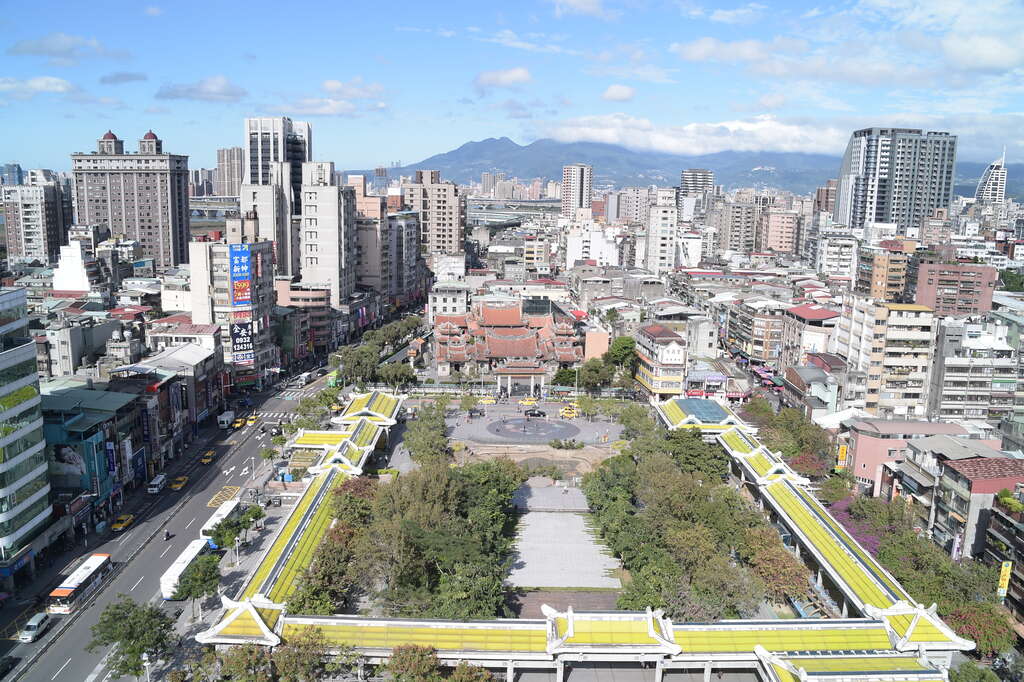Mengjia Park Introduction
Mengjia Park is located beside Longshan Temple and was originally named "Wanhua No. 12 Park." It is surrounded by Guangzhou Street, Heping West Road, Sanshui Street, and Xiyuan Road, covering a vast area. The park is developed by the Taipei City Government with an art theme, showcasing many unique designs rich in cultural meaning. For example, the dragon-shaped sculpture on the east side symbolizes the auspicious meaning of the Azure Dragon in Chinese feng shui; the boat-shaped sculpture on the west side reflects the fact that early settlers in this area often used canoes for transportation, river crossings, and trade; the Beauty Mirror Pool integrates elements of Chinese feng shui and is arranged based on the positions of the Big Dipper stars, combined with lighting and water dance elements, performing water dance shows every day; the temple square on the north side of the park is an extension of Longshan Temple's plaza. The star monument within the square is designed by combining Chinese constellations with Western zodiac signs, embedded with over two thousand small stars that emit various colors of light when night falls; the U-shaped "Cultural Art Gallery" in Mengjia Park is constructed with reinforced glass and enamel panels designed to resemble traditional roof tiles, providing passage and resting areas while also showcasing various exhibitions. Mengjia Park is an important municipal construction for the city's "Transforming Axes and Revitalizing the West District" initiative. The park and the adjacent Longshan Temple have become significant historical, cultural, and religious attractions in Taipei, expected to promote the redevelopment of the urban West District, invigorate business opportunities, reshape international tourist destinations, and revive the elegance of Mengjia's two hundred years.











